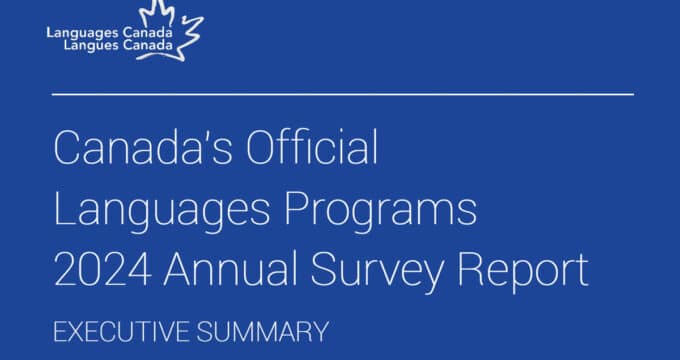China’s foreign enrolment growth flattened out in 2018
In a statement earlier this month, China’s Ministry of Education says that total foreign enrolment in the country reached 492,185 international students in 2018. This represents a marginal increase of less than 1% from the year before and a net gain of slightly more than 3,000 students. It also reflects, for 2018 at least, a distinct cooling off of the very rapid growth in China’s foreign student numbers over the last several years. Foreign enrolment in the country had previously grown at an annual average of 10% between 2006 and 2015. In fact, that double-digit growth continued through most of this decade with overall growth of 85% between 2010 and 2017 alone. With the more modest increase for 2018, China now settles into the fifth position among leading global study destinations, after the US, UK, Australia, and Canada.
Most come from Asia
There are 196 different countries represented among China’s current foreign student population, but six in ten come from neighbouring countries within Asia. South Korea is the leading sender with 50,600 students enrolled in 2018, followed by Thailand (28,600 students), and, in a virtual tie for second place, Pakistan and its 28,000 students in Chinese institutions and schools last year. Rounding out the top five source countries are India (23,200 students in 2018) and the US (21,000 students). The Ministry notes that most foreign students in China – slightly more than 87% – are self-funded. However, about 63,000 inbound students received some level of scholarship support from the Chinese government. In a related report, Pakistan’s Express Tribune highlighted the availability of scholarship supports and other targeted recruitment strategies in explaining China’s appeal for Pakistani students. “The number of Pakistani students has risen in China mainly because of a series of preferential policies offered by the Chinese government after the launch of China Pakistan Economic Corridor, a pilot project of [the] Belt and Road Initiative,” said the paper. “Various scholarships are provided by the Chinese government to lure international students over – most notably, students from the Belt and Road Initiative participating countries and regions have been facilitated to obtain scholarships under the Chinese Government Scholarship – Silk Road Programme.” Indeed, China’s recruitment marketing has been closely linked to its massive “One Belt, One Road” development and foreign investment framework. This multi-billion dollar programme is targeted to new projects and partnerships along traditional Silk Road trade routes throughout Asia, Europe, And Africa. “One Belt, One Road” has been a powerful lever for strengthening commercial and academic links, including student recruitment, in key emerging markets along these trade routes, and notably so in South Asia and Southeast Asia.
Level of study
The Ministry of Education reports that an increasing proportion of foreign students are engaged in academic study in China, with the number of degree-seeking students up by nearly 7% last year and more than half (52%) of all visiting students following academic courses. Official figures also reveal that just over 85,000 students were studying for advanced degrees in China last year, at either the master’s or PhD level. For additional background, please see:


















